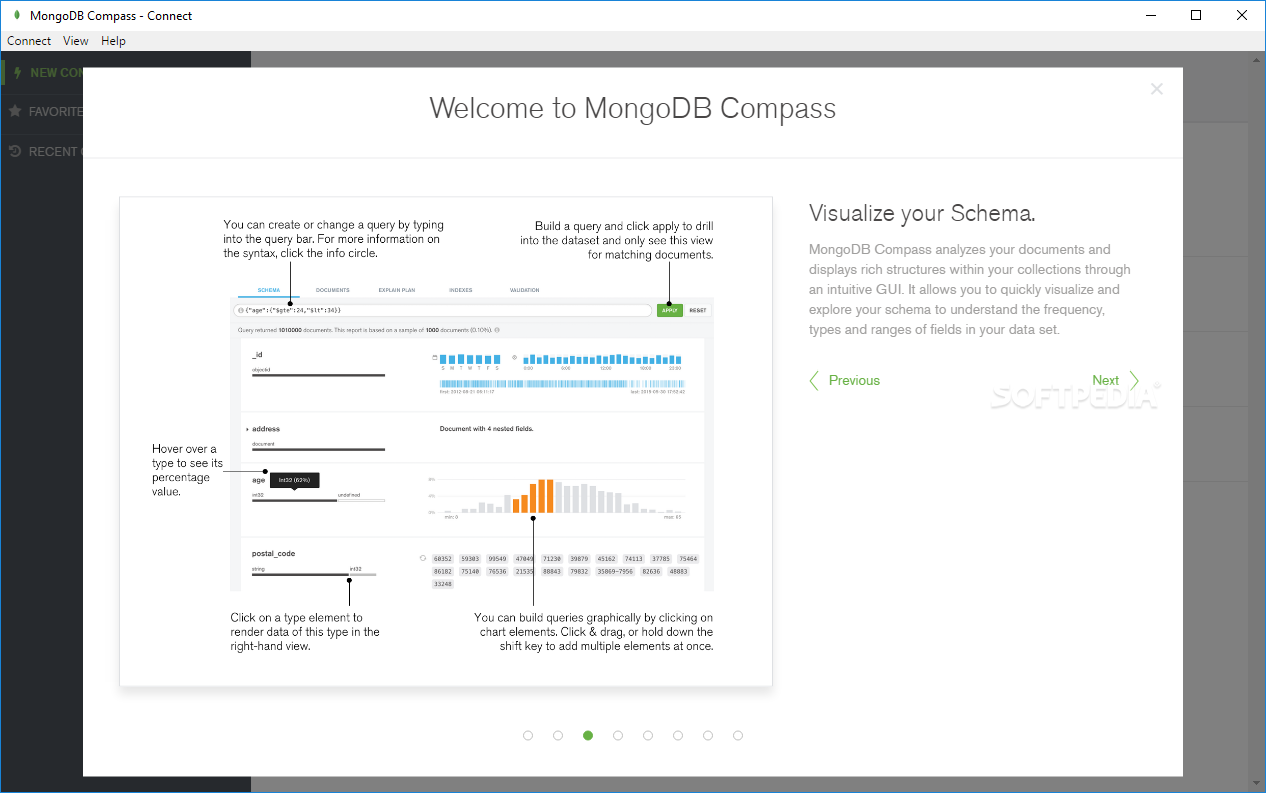
The free, shared clusters with the default settings are sufficient for our purposes, but you might want to consider one of the paid options if their features better suit your needs. Then create a new project, and in that project, create a new cluster. Assuming you already have an account at, head to your dashboard and go to the Projects tab. You'll come back to this later.īefore you do that, though, set up your MongoDB instance. executed when a user is deleted, to deactivate or delete the respective MongoDB record.įor each of these scripts, you'll see a Templates drop-down above the code editor, and MongoDB is one of the options that come out of the box.executed to determine the current state of existence of a user, which returns a matching MongoDB record if any, without requiring the user's credentials and.
#CONNECTION MONITOR TO CLOSED MONGODB COMPASS UPDATE#


On this screen, you can enable the Use my own database option and define the JavaScript that will run when the following events are triggered: Give this database configuration a meaningful name, click the Create button, and then switch to the Custom Database tab. Once you're logged in, head to the Database Connections page, and click on the Create DB Connection button. Try out the most powerful authentication platform for free.


 0 kommentar(er)
0 kommentar(er)
